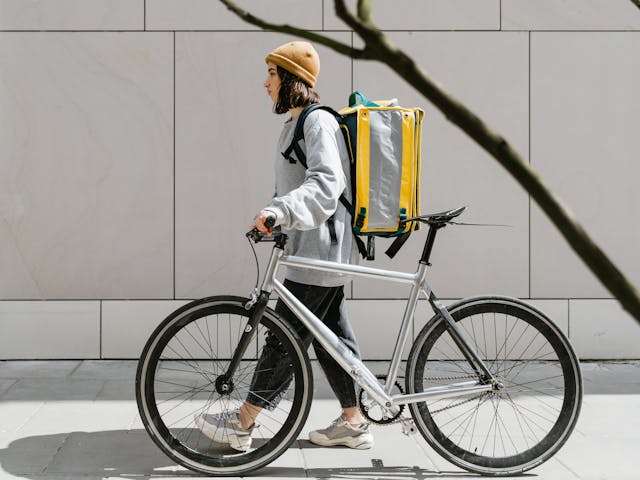Mountain biking is not just a sport; it’s an exhilarating adventure that demands a careful balance between thrill and preparedness. Whether you’re tackling challenging trails or embarking on a casual ride, having the right gear is essential. In this comprehensive guide, we’ll explore the world of mountain bike bags – the unsung heroes of the trail. From storage solutions to protective accessories, let’s gear up for the ride of a lifetime.
The Utility of Mountain Bike Bags
1. Trailside Essentials: A well-equipped mountain biker knows the importance of carrying the right tools and accessories. Mountain bike bags provide a convenient way to carry essentials like tools, spare tubes, and nutrition, ensuring you’re ready for anything the trail throws at you.
2. Organization and Efficiency: Mountain bike bags come in various styles and sizes, allowing riders to stay organized on the trail. From compact saddlebags to larger frame bags, each serves a purpose in optimizing space and efficiency during your ride.
3. Protection for Valuables: On the trail, your gear faces a barrage of challenges – dirt, mud, and unpredictable weather. Mountain bike bags, crafted from durable and weather-resistant materials, provide a protective cocoon for your essentials, including your phone, keys, and wallet.
Types of Mountain Bike Bags
1. Saddlebags: Compact and easy to install, saddlebags attach to the underside of your saddle. Perfect for storing tools, spare tubes, and small items, these bags keep your essentials secure without hindering your riding experience.
2. Frame Bags: Designed to fit within the main triangle of your bike frame, frame bags offer a larger storage capacity. They are ideal for carrying tools, snacks, and personal items while maintaining a balanced weight distribution.
3. Handlebar Bags: Mounted on the handlebars, these bags are perfect for carrying lightweight items like energy bars, a compact camera, or a small hydration pack. They provide easy access to essentials without the need to dismount.
4. Hydration Packs: Combining a backpack with a hydration system, these packs are a popular choice for longer rides. They offer ample storage for tools, snacks, and personal items, along with a built-in hydration reservoir to keep you fueled throughout your journey.
Features to Consider
1. Durability: Look for bags made from rugged and weather-resistant materials like nylon or polyester. Mountain bike bags need to withstand the rigors of the trail, ensuring your gear remains protected.
2. Secure Attachment: Opt for bags with reliable attachment mechanisms, such as sturdy straps or quick-release mounts. A secure attachment ensures your bags stay in place, even during the most challenging descents.
3. Reflective Elements: Safety is paramount, especially during low-light conditions. Choose bags with reflective elements to enhance visibility on the trail, ensuring you stay seen by other riders and trail users.
4. Size and Capacity: Consider your storage needs and the type of rides you’ll be undertaking. Different bags offer varying sizes and capacities, so choose one that complements your riding style.


Leave a Reply